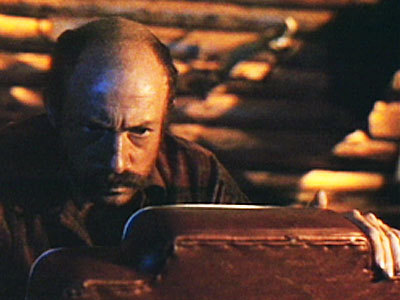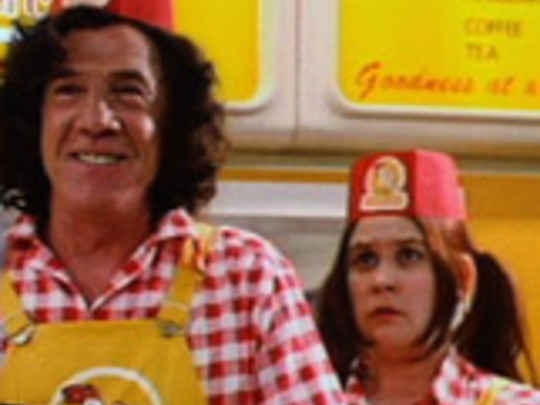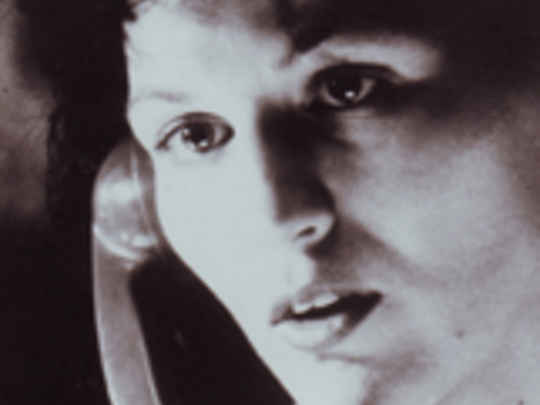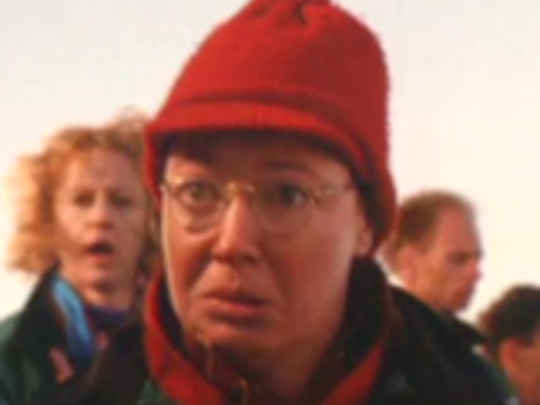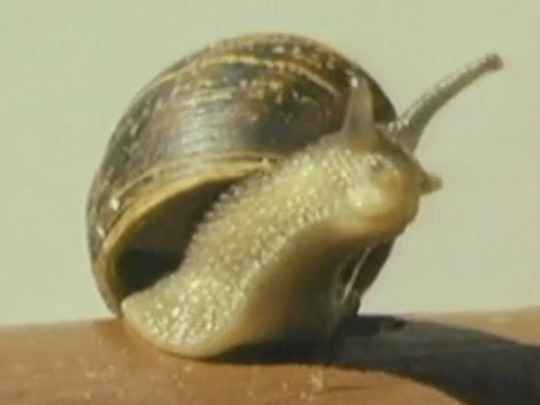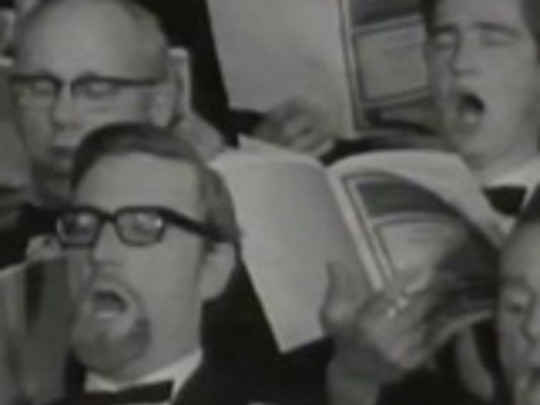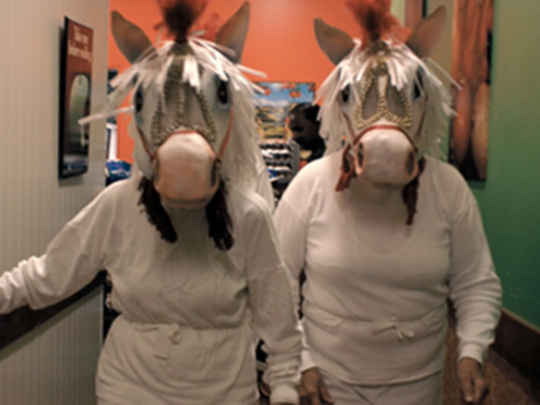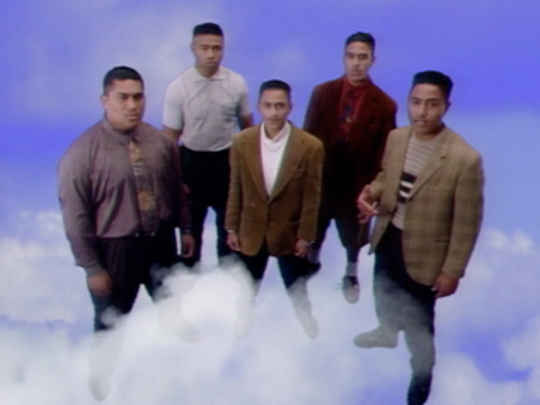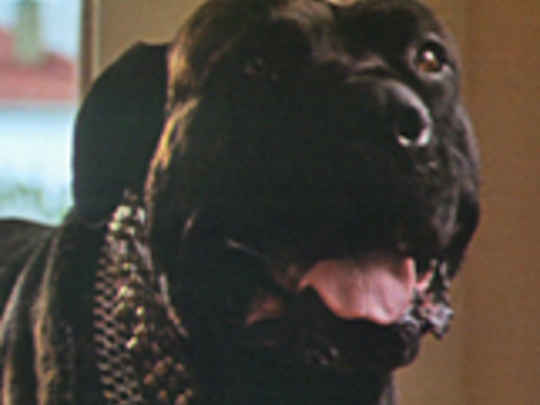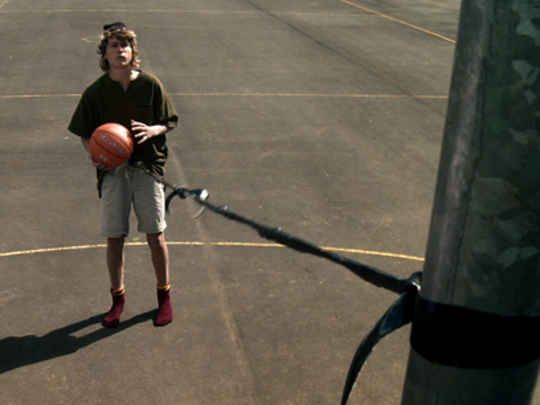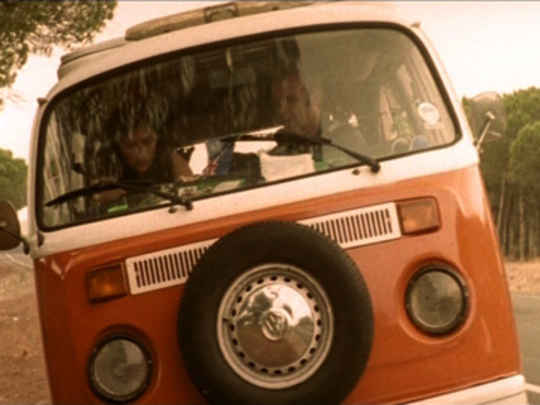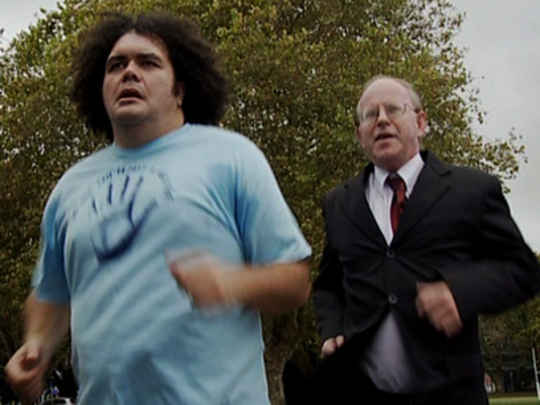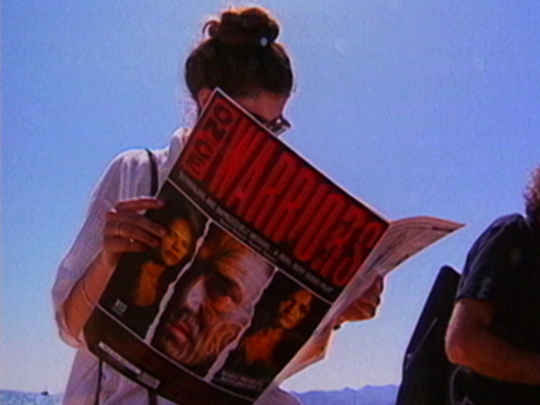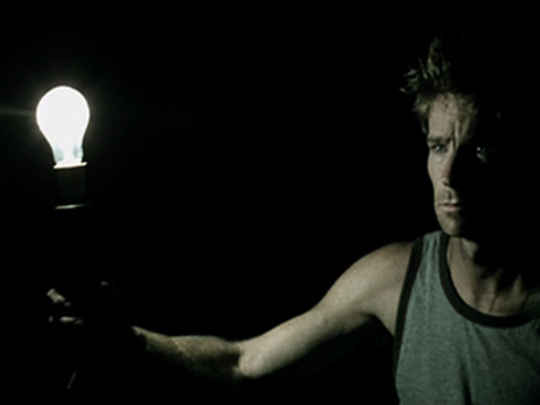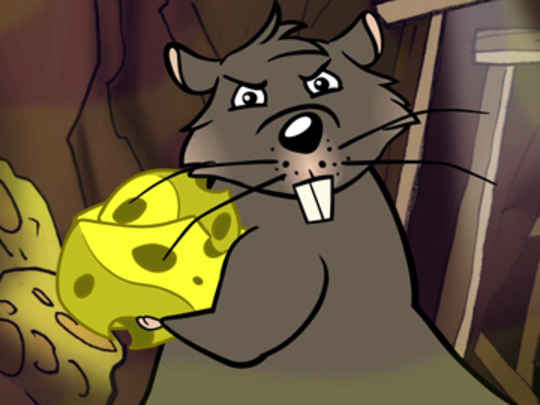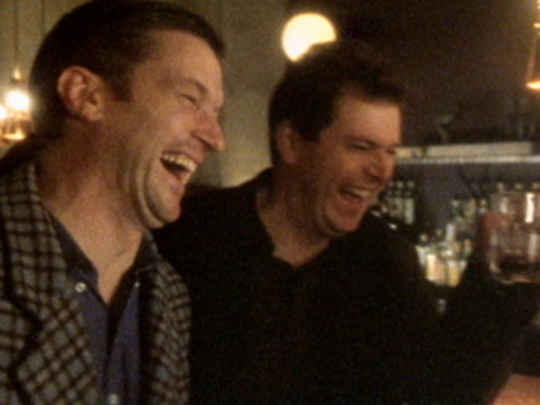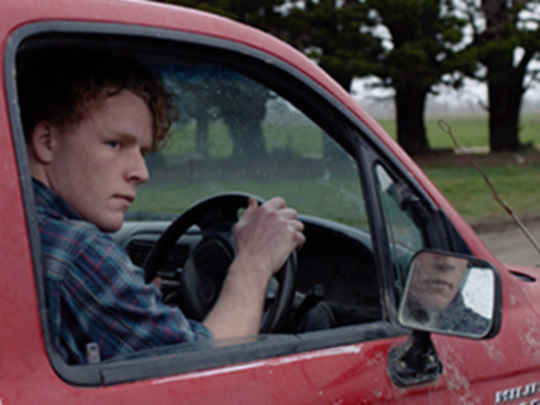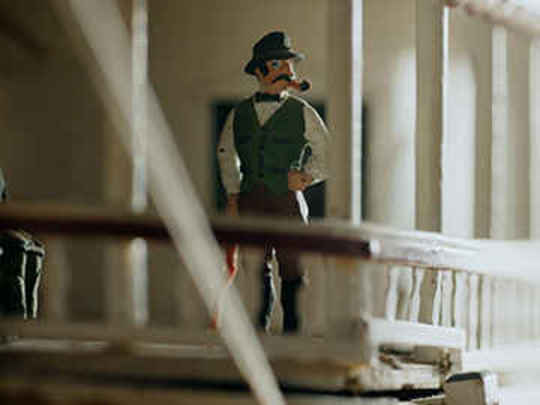The Singing Trophy
Short Film (Full Length) – 1992
A perspective
It all began with the tale of a snail trying to cross the road, and the story about the woman who jumped in a grave, then didn't want to leave again. After that came the one about the animal rights activists standing on a Norwegian cliffside, trying to save a bunch of lemmings from death.
The short films of Grant Lahood have always been a little out of the ordinary. The best of them are eye-openers delivered deadpan - the work of a cinematic virtuoso revelling in the joys of sillyness. In some ways, Lahood is a Kiwi Steven Spielberg of short film, though less sentimental with it: both are attracted to strong, simple ideas, ideas that can be a major challenge to get on film.
Sandwiched between the hyperkinetic Snail's Pace (1989) and the character comedy of Lemming Aid (1993), is the writer/director's most off-beat effort to date: The Singing Trophy.
A hunter (Peter Tait from Kitchen Sink) heads home to his cabin, dead boar tied to his back, dog at his side. His house is deep in the bush. The hunter sets about turning his pig into a trophy for the living room wall (thankfully off-screen). The wall is a veritable menagerie of different animal trophies already.
At this point the hunter settles down with a flagon of beer, before launching into a symphony of singing with his choir of stuffed animals. Lahood cleverly leaves it open whether this frankly rather bizarre scene is that of a maestro in action, or a loony tunes who is imagining the whole thing. Regardless, the music-making quickly strikes a bum note, at which point the hunter remembers the tiny mouse wandering free in his house. The hunter puts one and four together, then throws in a mousetrap and a piece of cheddar. What follows is an extended battle of wits between mouse and human.
Beautifully realized in deep shadows and golden hues, The Singing Trophy plays like a Tom and Jerry cartoon executed as dark fable. Many will gleefully swallow it whole; others have been known to find those scenes of animal heads in song a little bizarre. The Singing Trophy's visual fluency means it gets by fine on only six lines of dialogue (half of them addressed to the dog).
In 1993, The Singing Trophy won Lahood a Special Technical Prize at the Cannes Film Festival. The following year he triumphed at Cannes again with Lemming Aid - the film which demonstrated Lahood could write dialogue and direct humans, just as ably as small animals.
Philip Wakefield's Evening Post review lauded it as "one of the funniest and niftiest Kiwi shorts in years - it's a fair dinkum, off the beaten track hoot about everything held dear by good keen men [...] a must see cracker of a Kiwi comedy."
Lahood's first feature Chicken (1996) would combine his continued interest in matters animal, with the story of a fading pop star. But the result lacks his expected zing. OE road movie Kombi Nation is far stronger; but engaging performances were arguably hobbled by the explosion of fly-on-the-wall reality tv shows that made its handy-cam style seem second hand.
In recent years Lahood has moved from animal symphonies to other kinds of music - including screen collaborations with dancer Douglas Wright, a doco on jazzman Nathan Haines, and the widely-screened Intersexion.
